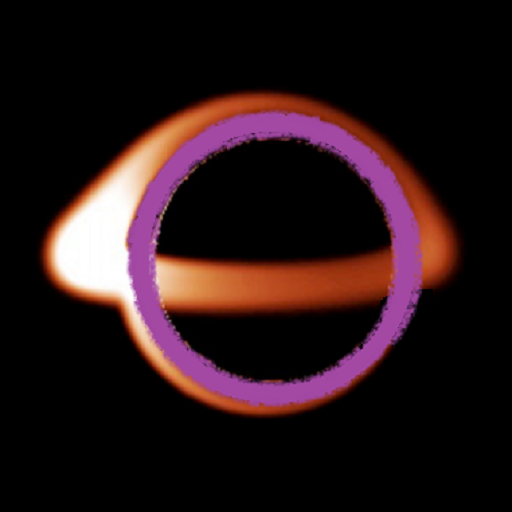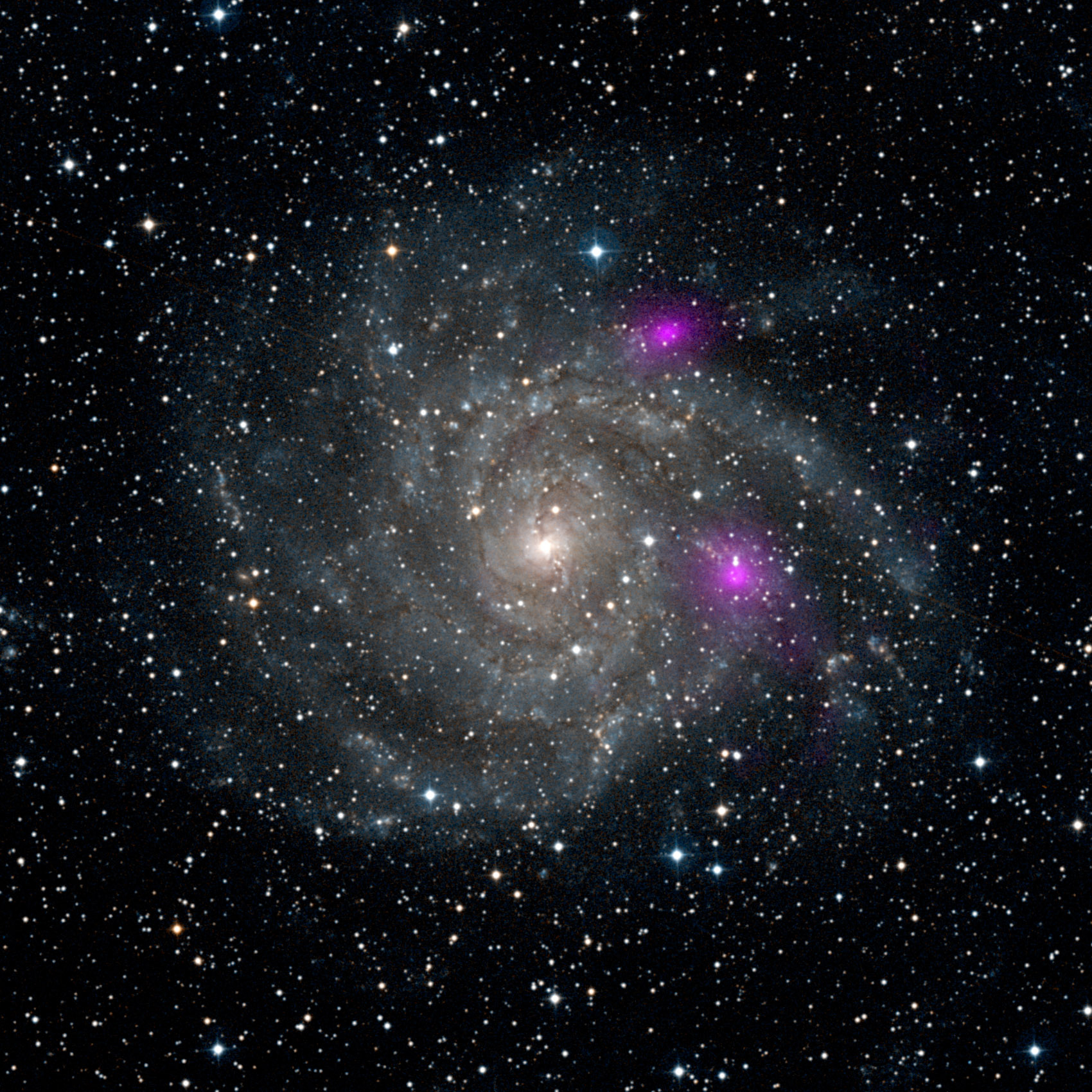We use time to measure cycles. Our Earth rotates in a day. The planet’s rotation axis wobbles, and this is known as procession. This can affect the length of a day. The angle of the axis can change too, and this is known as eccentricity. This affects how much sunlight the planet receives. Combined together, these produce Milankovitch cycles and are notable for their correlation to glacial and interglacial periods.
The Earth’s orbit around the Sun takes a year. The orbital path itself varies, This can affect the distance from the Earth and sun, causing mean temperature fluctuations. With orbital changes, procession, and eccentricity, the Earth has cycles measured in several thousands of years.
The Sun could even be a part of a larger cycle. A theoretical proposal recently suggested that if the Sun were part of a binary system with a red dwarf, the two stars could be orbiting each other on a cycle of about 26 million years.
Then there’s the Milky Way galaxy, with our solar system on one of its rotating fingers. The entire galaxy rotates around its central supermassive black hole, and it takes 225 million years to rotate once around the galaxy. Recently, using the Hubble telescope, we measured sideways motion of the entire galaxy. Our galaxy and Andromeda will someday merge, which may have happened with another galaxy before. This cycle is about 4 billion years or more.
Since the universe is over 13 billion years old, it has been a part of an even larger cycle – expansion. In the Omniverse proposal, this is another cycle, as it spreads evenly across the event horizon of a giant white hole. The white hole is the source of the singularity that produces the Big Bang, starting the cycle of our universe. When scientists mention the Big Freeze, or the end of our universe, they fail to see the big picture. As with all other cycles, this process repeats.
So, do you really think you don’t have time to do that something you want to do? You have all the time in the Omniverse!

